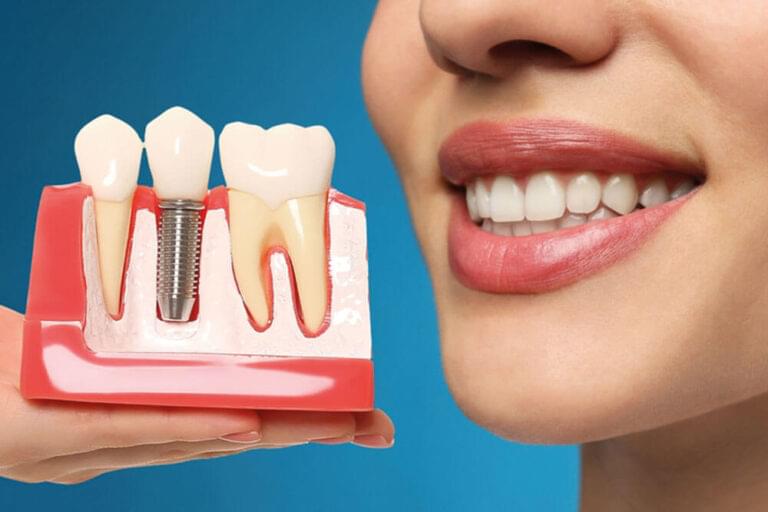For those aged 65 and older, choosing the right dental implant can feel overwhelming—especially with so many different types of dental implant materials. Plus you’re already dealing with trouble eating, worrying about costs, or trying to maintain good health. If your teeth still look good and you’ve ruled out dentures (because let’s face it, they’re not for everyone), dental implants offer a durable, long-term solution. But did you know there are different types of dental implant materials to consider? Each material has its own benefits that can impact comfort, durability, and cost.
Here’s a quick guide to help you understand the differences and find the best option for your needs.
1. Titanium Dental Implants: The Gold Standard
Titanium is the most commonly used material for dental implants due to its strength and long-lasting durability. It integrates with the jawbone through a process called osseointegration, forming a secure bond that lasts for decades.
- Why it’s good for you: Titanium dental implants are a reliable, long-term investment, ideal if you’re concerned about stability and want a permanent solution.
- Health benefits: Titanium is biocompatible, reducing the risk of allergic reactions or implant rejection. For those with a health-focused mindset, this is a crucial advantage.
2. Zirconia Dental Implants: The Metal-Free Alternative
For those seeking a non-metal option, zirconia dental implants offer a strong, durable, and natural-looking choice. These ceramic dental implants blend seamlessly with natural tooth enamel.
- Why it’s good for you: If you’re worried about metal allergies or prefer a non-metal option, ceramic dental implants made from Zirconia is an excellent choice. Its natural appearance is ideal for maintaining a good-looking smile.
- Health benefits: Zirconia dental implants have low plaque retention, which helps keep your gums healthy—an important factor in maintaining overall dental hygiene.
3. Graphene Dental Implants: A Revolutionary Option
Graphene is a newer, highly advanced material being explored for dental implants. Known for its incredible strength and lightweight properties, graphene could offer a highly durable and long-lasting implant solution.
- Why it’s good for you: If you want cutting-edge technology that promises both strength and lightweight comfort, graphene implants are worth considering.
- Health benefits: Graphene’s biocompatibility, osseointegration properties, and antimicrobial properties may reduce infection risks, adding another layer of protection for your overall dental health.
4. Zygomatic Implants: An Option for Bone Loss
If you’ve experienced significant bone loss and are not a candidate for traditional implants, zygomatic dental implants may be the answer. These implants anchor into the cheekbone (zygoma), providing a stable base without requiring bone grafting.
- Why it’s good for you: Zygomatic dental implants offer a solution when traditional implants aren’t possible due to insufficient bone. This allows you to regain a stable, functional smile.
- Health benefits: Zygomatic dental implants restore oral function and prevent further bone deterioration, ensuring long-term dental health.
Final Thoughts
There are many different dental implant materials. Choosing the right one—whether titanium, zirconia, graphene, or zygomatic dental implants—depends on your specific needs. Each material offers distinct benefits, from the strength of titanium to the cutting-edge potential of graphene. Remember, dental implants are a permanent, comfortable alternative to dentures. Consult with your dental professional to select the best option that aligns with your health, budget, and aesthetic goals.










